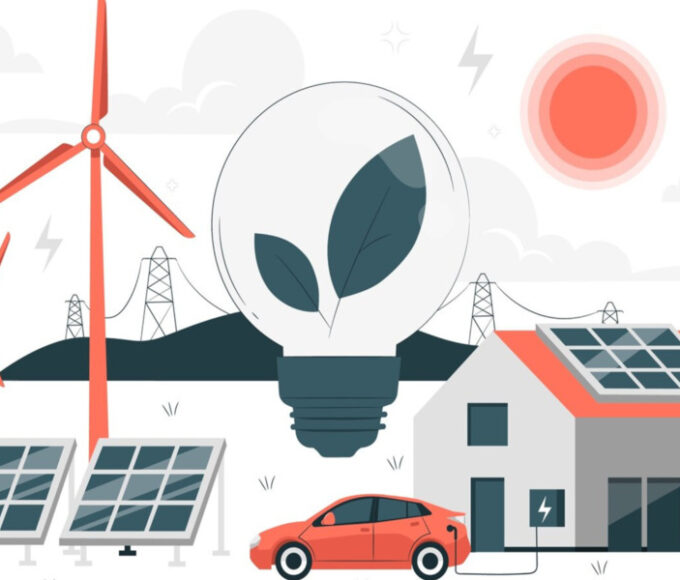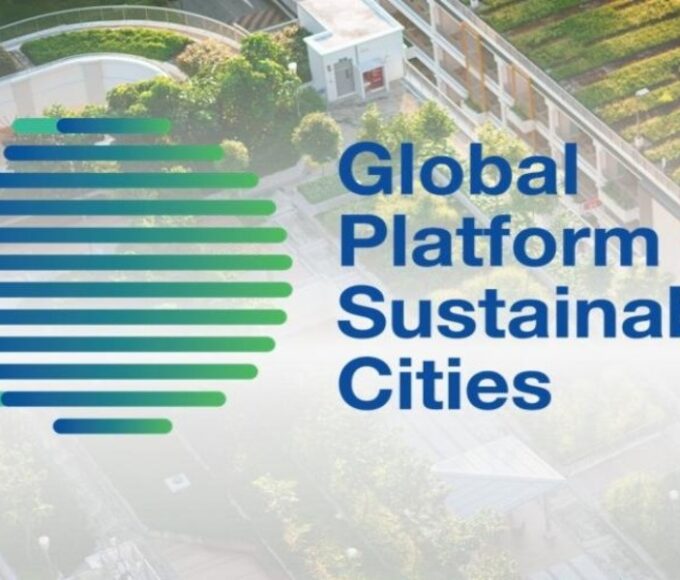Construction Firms Predict Strong Demand Across Sectors in 2025

The construction sector is gearing up for a booming year in 2025, with firms reporting strong demand across various sectors, including residential, commercial, and infrastructure. Fueled by urbanization, government investments, and sustainability goals, the industry is set to experience significant growth.
Residential Sector: Meeting Housing Demands
The housing crisis continues to be a critical issue globally and construction companies are stepping up to meet the demand. With increasing urban populations, governments and private developers are investing heavily in affordable housing projects.
Innovative building techniques such as modular construction and 3D printing are being adopted to accelerate housing delivery. Additionally, smart home technology is becoming a standard feature, as buyers seek energy-efficient and connected living spaces.
Commercial Construction: A Focus on Green Buildings
The commercial sector is witnessing a surge in demand for office spaces, retail centers, and mixed-use developments. However, the focus has shifted toward sustainability and adaptability.
Green buildings with energy-efficient designs, rooftop solar panels, and rainwater harvesting systems are becoming the norm. As companies adopt hybrid work models, flexible office spaces and co-working hubs are gaining popularity, driving innovative architectural designs.
Infrastructure Boom: Investments in Public Projects
Governments worldwide are prioritizing infrastructure development as a means of boosting economic growth. Large-scale projects like roads, bridges, and public transit systems are receiving substantial funding.
In particular, renewable energy infrastructure, including wind farms and solar parks, is seeing unprecedented investment. This aligns with global efforts to transition to clean energy and reduce carbon emissions.
Industrial Sector: Expansion of Factories and Warehouses
The rise of e-commerce and technological advancements in manufacturing have spurred demand for industrial facilities. Companies are investing in automated warehouses, smart factories, and gigafactories for EV battery production.
This trend is particularly prominent in regions like Asia-Pacific and North America, where rapid industrialization is driving the need for state-of-the-art facilities.
Challenges Ahead: Labor and Material Shortages
While the outlook is optimistic, the industry faces challenges such as labor shortages and rising material costs. Construction firms are addressing these issues by investing in workforce training programs and exploring alternative materials like engineered wood and recycled steel.
Technology is also playing a key role, with companies using AI and robotics to enhance efficiency and reduce reliance on manual labor.
Global Leaders View: A Promising Future for Construction
With strong demand across residential, commercial, infrastructure and industrial sectors, 2025 promises to be a pivotal year for the construction industry. By innovation and sustainability, construction firms are well-positioned to meet market demands while addressing global challenges like urbanisation and climate change.
As the sector evolves, it will play a crucial role in shaping a more connected, sustainable, and resilient world.
Visit Latest Interviews
Recent Posts
Related Articles
Why You Should Think About Your Domain Extension Before You Think About The Name?
Think of your domain extension like a surname—it wraps up your web...
ByGlobal Leaders ViewAugust 19, 2025Germany’s ‘Energiewende’ Initiative: A Vision for a Sustainable Future
Germany’s ambitious energy transition, known as the Energiewende, aims to shift the...
ByGlobal Leaders ViewJanuary 27, 2025Global Platform on Sustainable Cities Established
In a groundbreaking move toward addressing the challenges of urbanization and climate...
ByGlobal Leaders ViewJanuary 27, 2025Singapore’s Green Urbanism Initiatives
Singapore, known for its modern skyline and bustling urban environment, is also...
ByGlobal Leaders ViewJanuary 27, 2025















Leave a comment